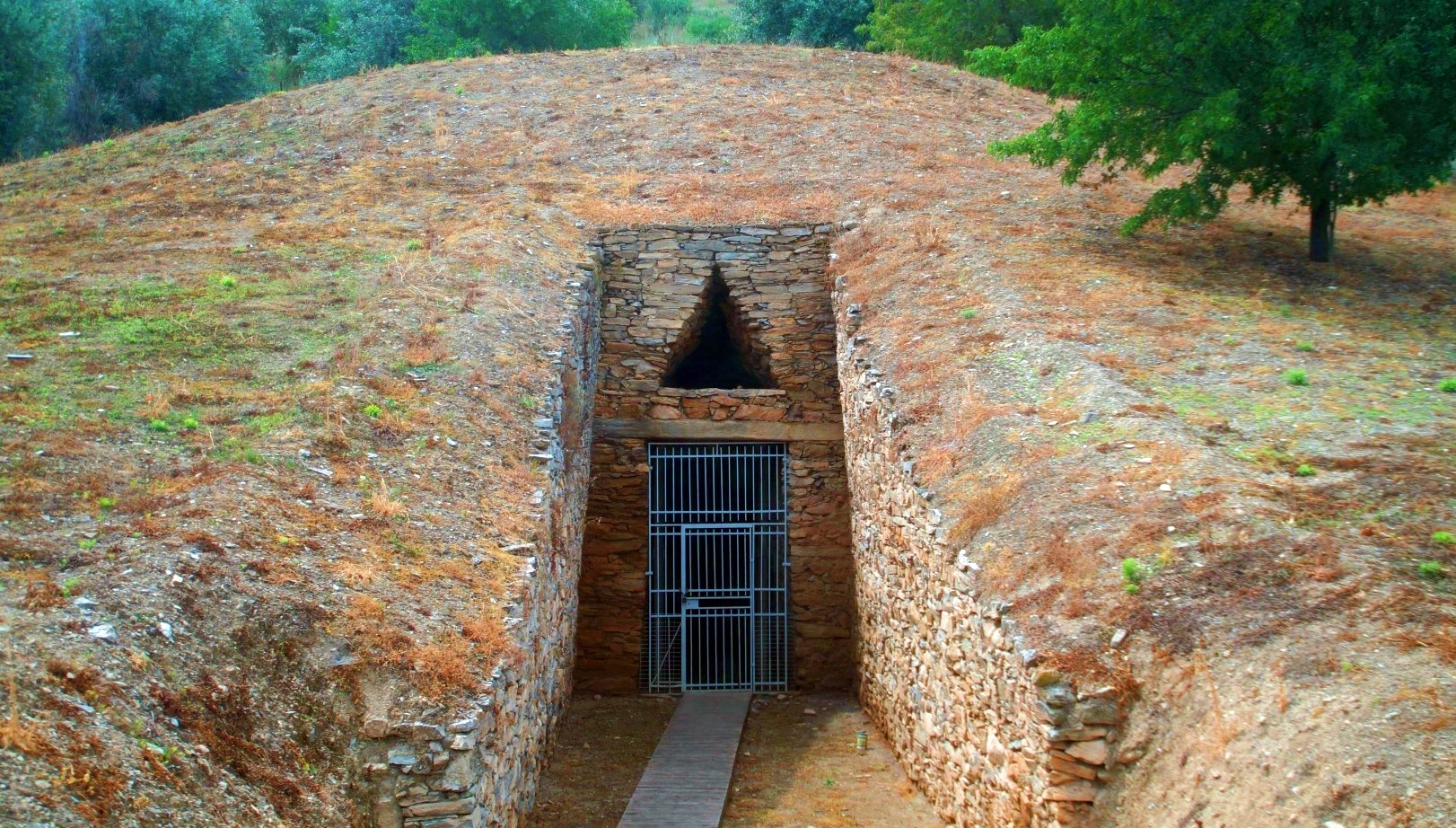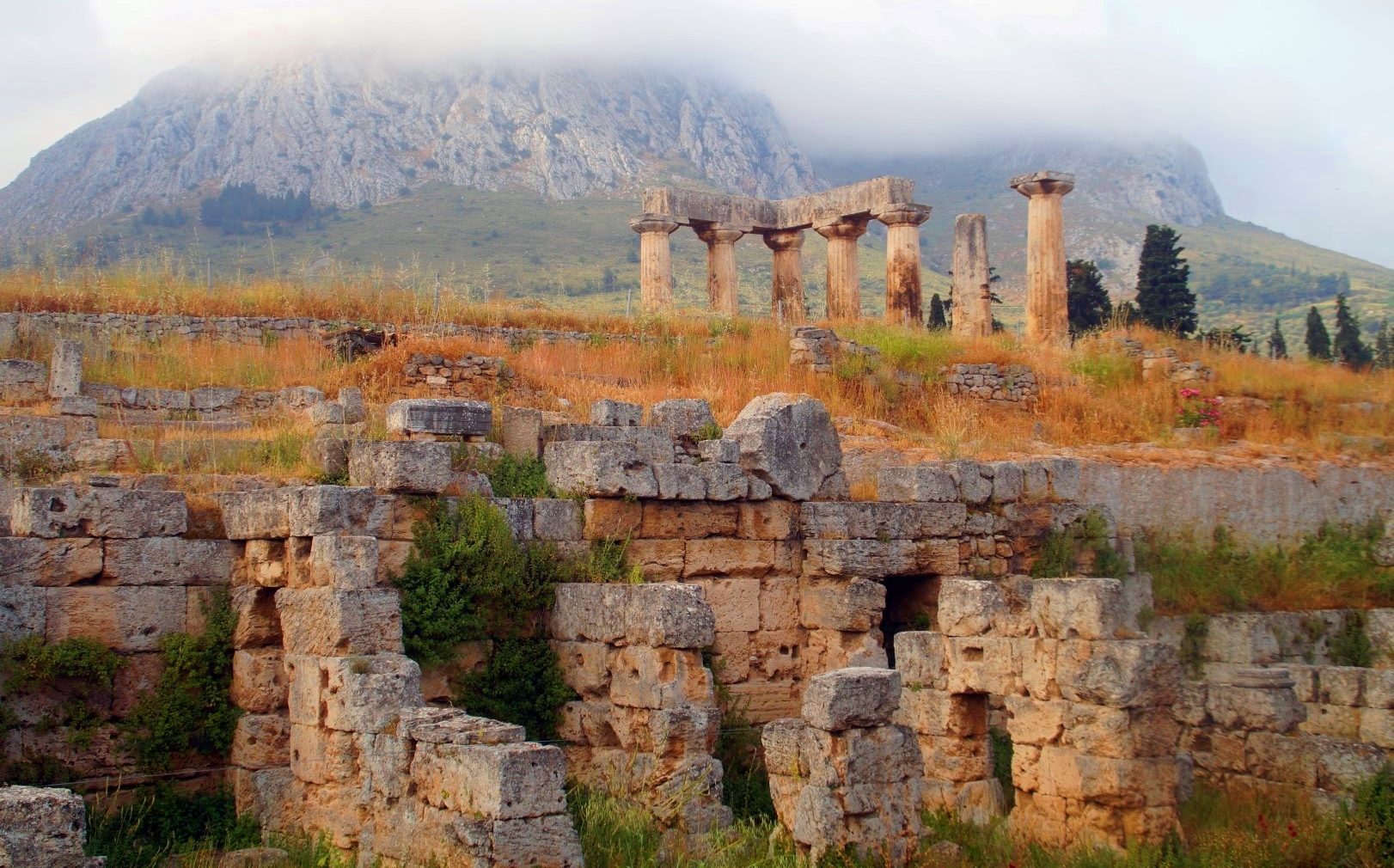On the 5th day of our field trip to Greece, we were headed to the Neolithic sites of Sesklo and Dimini, but as a change of plan the teachers had decided that we would pay a visit to the Archaeological Park of Dion, on the way. The park is the most important archaeological site at Mount Olympus with sanctuaries from the Hellenistic and Roman periods.
I’m really glad that we did visit Dion, as the area was absolutely beautiful. We only had an hour to see the entire 50 hectares large area, so we quickly went through the museum with artefacts from the area, and then headed to the Isis Sanctuary, the only sanctuary that we had some time to visit.
The Isis Sanctuary is the most recent of the sanctuaries in Dion, built in the 2nd century AD on the site of a former fertility sanctuary. The sanctuary comprises the temple and altar of Isis Lochia, the goddess who took care of woman and children after childbirth, as well as two smaller temples. In the two small temples, the springs are still active, which is important in the cult of Isis where water was given a sacred meaning.
Unfortunately, we only had time to see the sanctuary and not the other sites in the area. I could’ve stayed there for much longer, as the area itself was really beautiful.



Next up was one of the sites that I’d been most excited to see on this entire trip – Sesklo and Dimini, two of the main sites from the Greek Neolithic Period (circa 6000-3000 BC). For me, archaeology is always more interesting the older it is!
Both Sesklo and Dimini are settlements that consist of a large central megaron building surrounded by smaller buildings and enclosing walls. Archaeologists have debated whether these walls were erected for defensive purposes, as border markings or as animal enclosures, and much like anything else in archaeology there is no conclusion to the question.
We drove to Sesklo first, the oldest of the two, and spent 40 minutes literally running about to see everything. Honestly, I could’ve easily spent a few hours there looking around, as there were so many ceramics and flints to be found just laying on the surface. Of course you’re not allowed to keep any of them or take them out of their context, but it’s really interesting to try to locate them.



Seven km from Sesklo lies the other Neolithic settlement, Dimini, which is the younger of the two. The site is similar in construction to Sesklo but with much more preserved. Again, we went on a hunt for ceramics and flint artefacts!
Dimini is also the site of a tholos tomb (or beehive tomb), which is a burial structure that resembles a beehive because of it’s dome that is created by the superposition of successively smaller rings of stones. This burial type was used during the Late Bronze Age throughout Greece.



Our last stop for the day was Orchomenos, a rich archaeological site that was inhabited for thousands of years from the Neolithic period and through to the Hellenistic period, and today holds remains of a Mycenaean palace and tholos tomb, as well as a theatre that was in use from the 4th century BC through to the 4th century AD.
Unfortunately, we got there late so the entrance was closed, but we were still able to see some of it through the fences. The Mycenaean palace lies partially underneath the Panagia Scripou church, a Byzantine 9th century monastery church, which was open and quite a gem, so at least we got a little out of our stop there!


We did a lot of driving that day, and unfortunately we didn’t have much time to thoroughly explore the spots we stopped at. I especially could’ve spent much longer at Sesklo and Dimini, and also Dion because of how beautiful the area was. But it was a great day nonetheless and I was happy with what we did get to see.




Leave a Comment